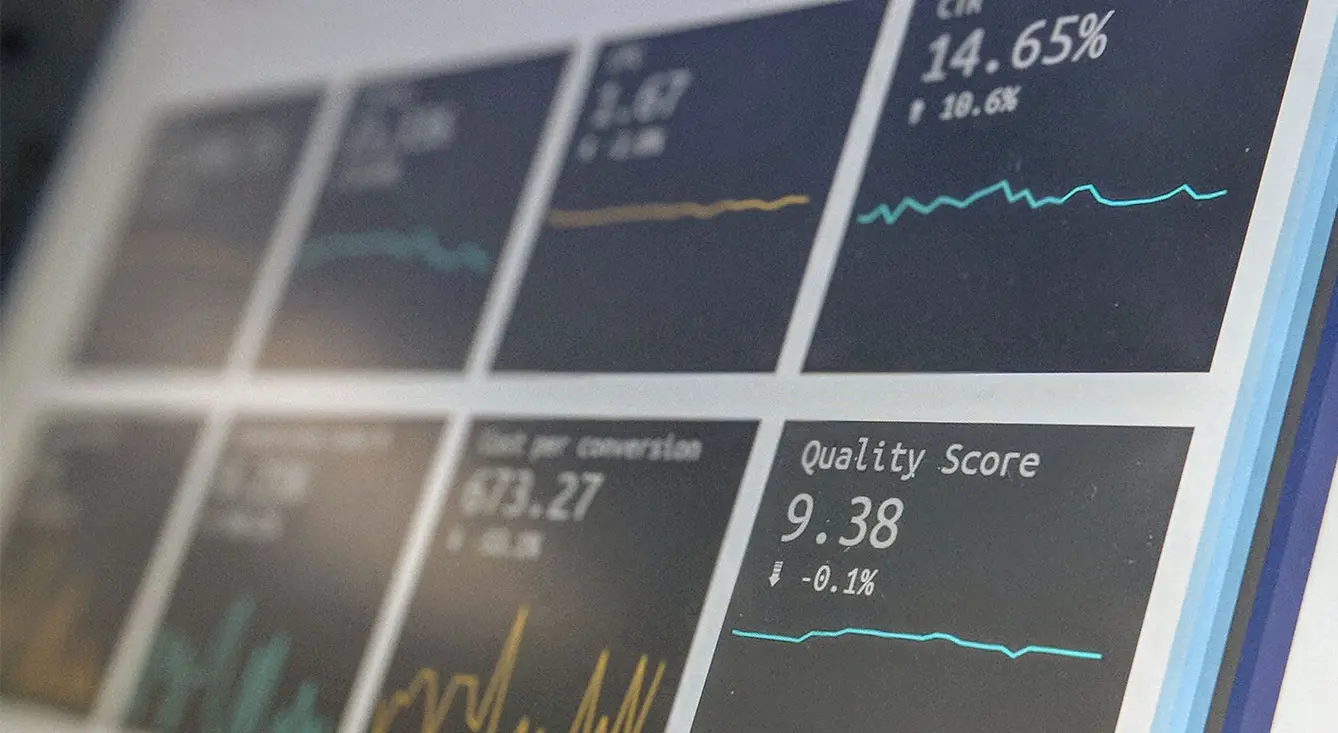
Performance marketing is a powerful and data-driven strategy for driving business growth. Unlike traditional marketing methods, performance marketing is based on and focuses on measurable interactions with the target audience of a campaign to create highly efficient marketing measures. To achieve this, these reactions must be tracked.
Why Tracking?
Tracking collects data that can serve both as a means of measuring success and as a way to readjust the marketing strategy for even better results.
Furthermore, this data can also be used for remarketing. Remarketing is essential for most performance marketing strategies because it allows advertisers to target users who have already interacted with the company with advertising. These interactions can take various forms, such as:
- Users who have visited the website.
- Users who have interacted with the site (e.g., registration).
- Users who have made a purchase or added a product to the cart.
- In addition, this data can be used to feed the algorithms of platforms like Google Ads or Meta Ads, making ad targeting much more precise. Finally, valuable customer information is also gained.
What Should Be Tracked?
Primarily, all actions that are valuable to the company should be tracked.
Since not all interactions are equally valuable to you, you can assign a value to them, known as the conversion value. By assigning a value, you can weigh different interactions based on their importance. For example, clicking on a video may be weighted differently from registering on the website.
In the e-commerce sector, the conversion value is predefined by the selling price.
If you want to maximize the metric “total revenue from conversions,” we recommend optimizing the conversion value. If you have uploaded cost data to Google Ads, you can use “Return on Ad Spend” to understand the relationship between the conversion value and advertising expenses and check if the ad is profitable.
Here are examples of different types of conversions:
- Converting search engine results into page views on a website.
- Filling out a contact form.
- Registering to receive a newsletter.
- Filling out a quote request on an online shop.
- A download.
- Purchasing a product in an online shop.
- We distinguish between hard and soft conversions. Hard conversions indicate the acquisition of a product or service. Indicators for this include the purchase price, customer information, product information, Customer Lifetime Value (CLV), etc.
We recommend tracking the following hard conversions:
- A completed purchase.
- Submitting an application through the website.
- Adding items to the shopping cart.
- Saving items to the wishlist.
- All leads, such as scheduling an appointment or filling out questionnaires.
- A (completed) registration.
- Contact via email, phone, or other means.
- Subscribing to newsletters or similar.
- Soft conversions indicate an interest in a product or service but usually do not represent a concrete action like making a purchase. Measuring these data can provide insights into how “valuable” a user is. What is measured and how much value is attributed to this interaction depends on your specific use case.
The practicality of soft conversions is that they can be set up on all pages. They can be tailored to visitor behavior to measure additional or more meaningful data for remarketing purposes. We are happy to advise and support you in this regard!
With the various products the company offers, we can track user behavior and then design effective marketing measures based on the results.
How to Use Conversions to Influence Bidding Strategies
In Google Ads, you can create conversion actions directly in your Google Ads account and integrate them on your website. In a Google Ads campaign, you can then specify how conversion values should be optimized through bid optimization.
When creating a campaign, you have the option to set bid optimization for Google Ads in the “Budget” step. The following options are available:
- Maximize clicks: This strategy is recommended when no conversion tracking is set up. The bid is automatically set or you can set a maximum bid. This way, you can achieve as many clicks as possible within the defined budget.
- Maximize conversion value: Conversion tracking should be set up for this. Bids are automatically adjusted to maximize conversion value.
- Maximize conversions: Bids are automatically optimized to achieve as many conversions as possible.
- Target CPA (Cost-per-Acquisition): CPA is the performance metric for the cost of acquiring new customers. By setting this, bids are automatically adjusted to achieve as many conversions as possible within the target CPA.
- Target ROAS (Return on Advertising Spend): ROAS provides the metric to evaluate and compare ads. Setting this determines bids automatically to maximize conversion value within the target ROAS.
- Manual: Set the maximum CPC (Cost-per-Click) for the ad yourself.
Conversion tracking is very helpful and informative but can also be complex. The various options can be confusing at first glance. Our growth hackers at Hackabu are experts in tracking various conversions, so we can provide you with optimal support, especially in the beginning.
Together, we can create something great
Email us
Contact Hackabu via hello@hackabu.com
Growth audit
Book a free growth audit or an introductory meeting
Contact form
Make direct contact via our contact form
Call us
Our phone number is
+43 1 310 36 27
Contact us now
Hackabu GmbH
Schleifmühlgasse 7/11
1040 Vienna
Austria
Phone
Social